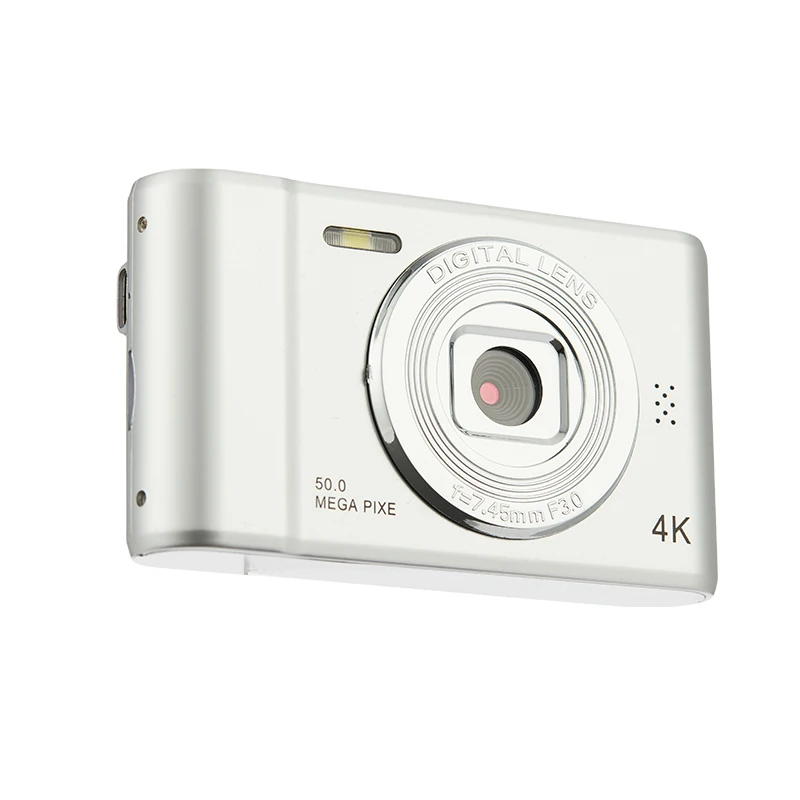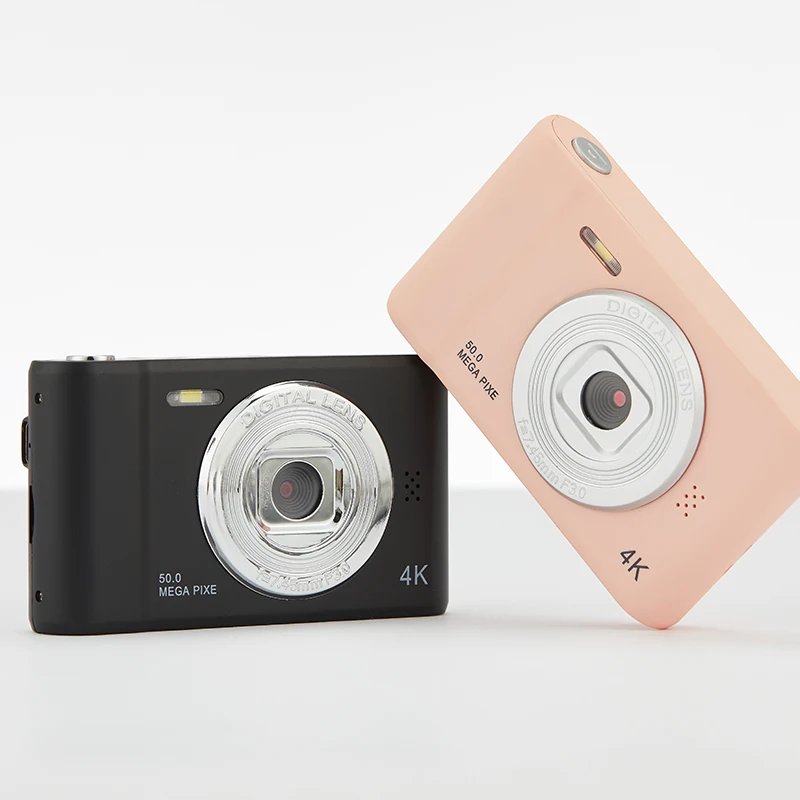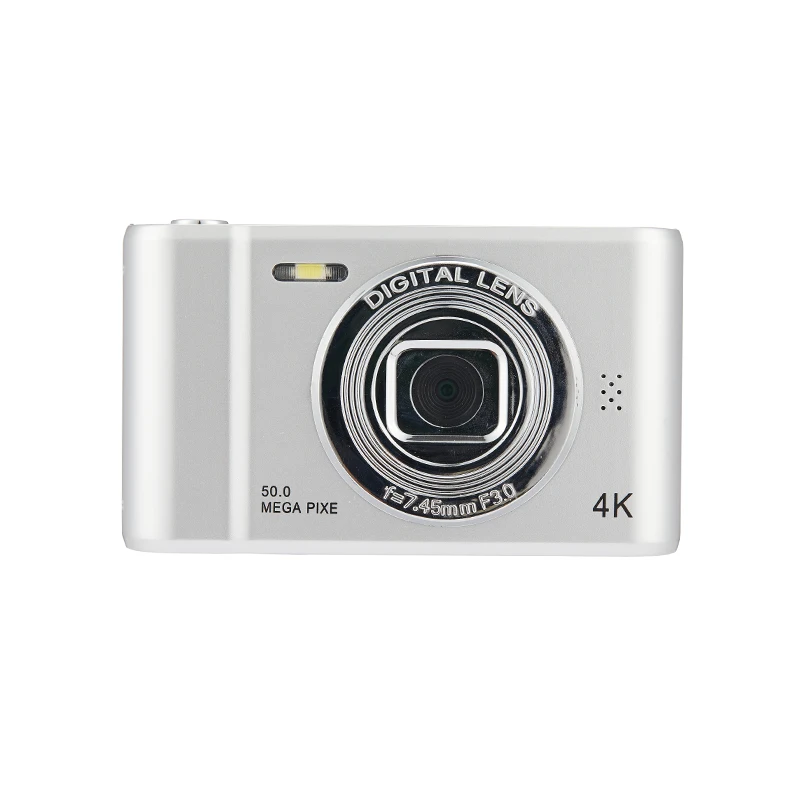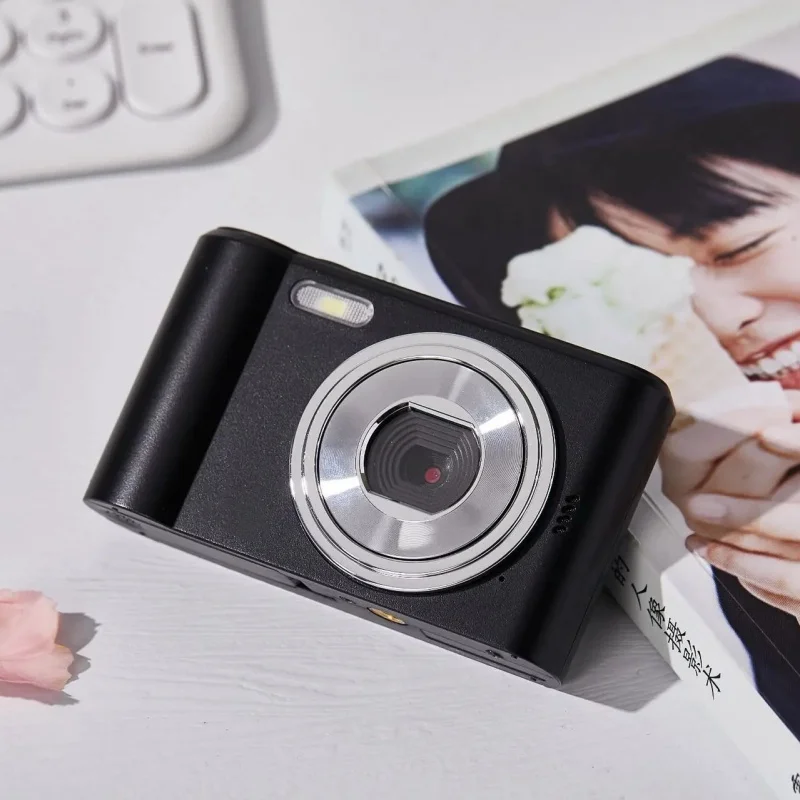Introduction
Photography has revolutionized the way we capture and remember moments, but the journey to the modern camera involves a tale of innovation stretching back centuries at 2024. When was the camera invented? The camera’s invention remains a transformative milestone, setting the stage for an ongoing evolution of image capturing. To appreciate the camera’s impact fully, one must delve into the history of its invention and the subsequent advancements that led to its widespread use.
The Birth Year of Photography: A Glimpse into 1839
When was the camera invented? Photography is one of the most revolutionary inventions of human history. It has drastically changed how we capture and relive memories. This innovative art form has evolved from the early days of chemical experiments to today’s digital marvels. Understanding its origins allows us to appreciate its transformative power. The birth year of photography is widely recognized as 1839. This year marks a significant milestone when groundbreaking discoveries came together to form the foundation of modern photography. This comprehensive article delves into the history, key figures, and developments of the year 1839, highlighting why it remains pivotal in the evolution of photography.

The First Steps Toward Photography
The Camera Obscura: A Precursor to the Camera
Long before digital or film cameras, there was the camera obscura, a device dating back to ancient times, which projected images of surroundings onto a surface using a small hole in a darkened room or box. While not a camera in today’s terms, the camera obscura laid the groundwork for understanding optics and light projection, fundamental principles of modern photography.
Innovations in the 19th Century
The early 19th century marked significant progress towards creating a mechanism that could permanently capture an image. Pioneers such as Thomas Wedgwood and Sir Humphry Davy experimented with light-sensitive chemicals to fix images onto surfaces, but they faced challenges in making these images permanent. It was Joseph Nicéphore Niépce who, in 1826 or 1827, succeeded in creating the first fixed photographic image that did not fade quickly, employing a process known as heliography.
The Daguerreotype: The Advent of Practical Photography
Louis Daguerre and the First Successful Photo
Building upon Niépce’s work, Louis Daguerre developed the daguerreotype process, which for the first time allowed for relatively quick and clear images that were reproducible. When was the camera invented? In 1837, Daguerre managed to fix an image permanently using a silver-coated copper plate, triggering what many consider the official birth of practical photography. This method was publicly announced in 1839, marking the start of the photographic era.
The Impact of the First Cameras on Society
The invention of the daguerreotype transformed society by enabling people to preserve moments in visual form with unprecedented accuracy and ease. Portraiture, which was once exclusive to the wealthy, became accessible to the masses. This democratisation of image-making had profound effects on art, culture, history documentation, and personal memory preservation.

Advancements Leading to Modern Cameras
From Plates to Film
Despite the success of the daguerreotype, there was a need for more practical and less expensive processes. The collodion process, introduced in the 1850s by Frederick Scott Archer, used glass plates instead of metal and reduced exposure times. Following this, George Eastman introduced flexible roll film in the late 1880s, making photography more portable and leading to the mass production of cameras, including Eastman’s iconic Kodak camera in 1888.
The Development of Color and Digital Photography
Photography saw continuous innovation throughout the 20th century, with the introduction of color film and further refinement to camera designs and functionality. The latter stages of the century witnessed the gradual rise of digital photography, which has since overtaken film in popularity due to its simplicity and the immediate nature of image review and distribution, embodied by the rise of smartphone cameras.

The Camera Today: A Tool for All
The Camera as an Everyday Object
In the present day, the camera has become an omnipresent tool found in numerous devices, including smartphones and tablets. Accessible photography allows people from all walks of life to document their experiences, communicate visually, and engage in creative expression. Social media platforms have further amplified the camera’s role in daily life, turning photography into an instantaneous medium for global information sharing and personal storytelling.
Implications for Contemporary Culture
The widespread availability of cameras has significantly impacted contemporary culture, shaping everything from journalism and advertising to personal relationships and social interactions. The immediacy of photography today continues to impact the ways we consume media, perceive the world, and interact with one another. The invention of the camera has indeed birthed not only a new form of art but a catalyst for continuous societal transformation.

The Ethical Dimensions of Modern Photography
The proliferation of cameras has ushered in an age where capturing moments is effortless, but it also raises important ethical concerns. Issues surrounding privacy and consent have become increasingly significant, as the ability to take photos or videos of individuals without their knowledge grows with the ubiquity of camera-equipped devices. Navigating these ethical waters requires a careful balance between the freedom to document and the rights of subjects to privacy, highlighting the need for a societal dialogue on respectful photography practices.
The Authenticity of Digital Images
Digital photography’s rise has also brought to the forefront concerns about the manipulation and authenticity of images. With powerful editing tools at our fingertips, distinguishing between what is real and what has been altered is more challenging than ever. When was the camera invented? This has implications not just for personal integrity but also for journalism and historical documentation, where the truthfulness of images can significantly impact public perception and memory. Developing critical skills to assess the authenticity of digital content has become crucial in the digital age.

Looking Toward the Future of Photography
Innovations on the Horizon
As we ponder the future of photography, emerging technologies such as artificial intelligence (AI), augmented reality (AR), and high-resolution 3D imaging are poised to redefine what is possible with a camera. These innovations promise to enhance our ability to capture the world around us in ever more immersive and creative ways. For instance, AI is already being used to improve image quality in low light conditions and could revolutionize how we process and interpret visual information, opening new frontiers for artistic and scientific applications.
The Unchanging Essence of Photography
Despite these technological advances, the essence of photography – to record, communicate, and express – remains unchanged. The human desire to capture moments, tell stories, and connect with others through visual means continues to drive innovation in camera technology. As the threshold for creating high-quality images becomes lower, the focus shifts towards the content, context, and creativity of photography. This enduring essence ensures that photography will remain an integral part of human expression and connection, evolving in form but constant in purpose.
The Digital Revolution
The advent of digital technology in the late 20th century brought about a profound transformation in photography. Digital cameras, image editing software, and the internet revolutionized how photographs were captured, processed, and shared.
Key Developments
- Digital Cameras: The introduction of digital cameras in the 1980s and 1990s marked a significant shift from film to digital imaging. Digital cameras offered instant image review, greater storage capacity, and the ability to capture high-resolution images.
- Image Editing Software: Software like Adobe Photoshop, introduced in 1990, revolutionized post-processing. Photographers could now manipulate images with precision, enhancing or altering their photographs using digital tools.
- Smartphone Photography: The integration of high-quality cameras into smartphones democratized photography further. Everyday users could capture and share images instantly, leading to the proliferation of social media platforms and photo-sharing apps.
- Online Platforms and Social Media: The rise of the internet and social media platforms like Instagram, Facebook, and Flickr transformed how photographs were shared and consumed. Photographers gained a global audience, and visual storytelling became an integral part of online culture.
- AI and Computational Photography: Advances in artificial intelligence (AI) and computational photography have further pushed the boundaries of image capture and processing. Features like facial recognition, automated editing, and enhanced low-light performance have made photography more accessible and intuitive.
Conclusion
When was the camera invented? The birth year of photography, 1839, marks a pivotal moment in the history of visual culture. Louis Daguerre’s introduction of the daguerreotype and William Henry Fox Talbot’s calotype process set the stage for a photographic revolution that would transform art, science, and society. The developments of 1839 laid the foundation for the diverse and dynamic medium that photography is today.
From the early experiments with camera obscura and photosensitive materials to the technological advancements and artistic movements that followed, photography has continually evolved. The medium’s ability to capture and preserve moments with unparalleled precision has made it an invaluable tool for documentation, expression, and communication.
As we look back on the when was the camera invented, we recognize the contributions of pioneering individuals and their enduring impact. The evolution of photography from 1839 to the digital age is a testament to the medium’s adaptability and enduring appeal. Whether through classic film processes or cutting-edge digital technology, photography remains a powerful and transformative form of visual storytelling.